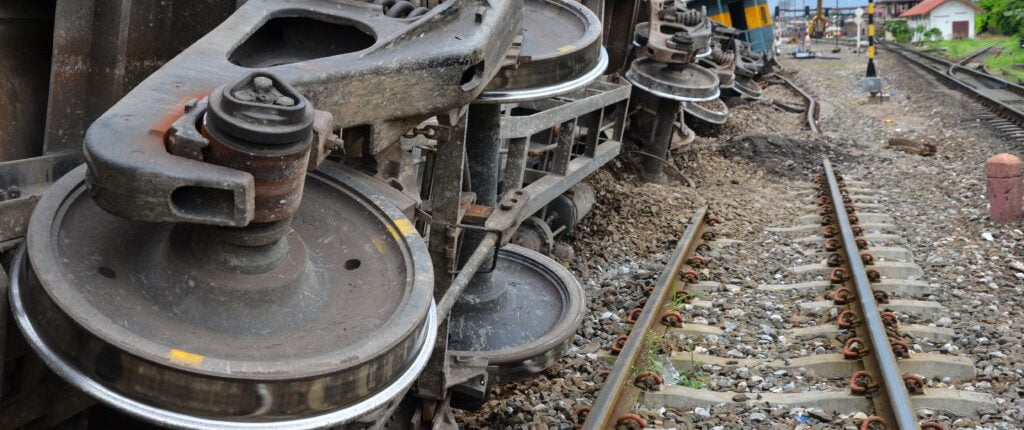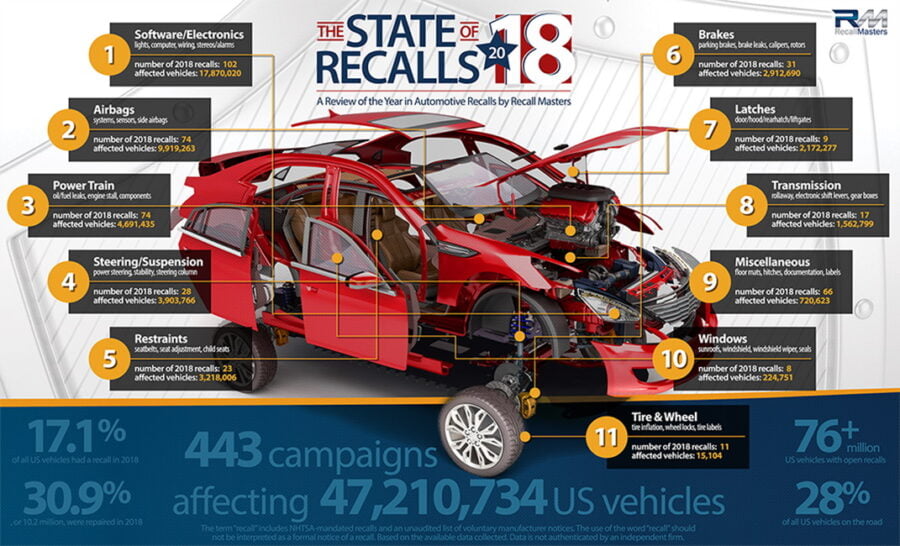
Where are you on your MBSE Software journey?
Last year, 2020, was a bad year all around. Not only were we dealing with the pandemic, but the automotive industry was also dealing with another bad year of automotive recalls. (~54 million of them). NHTSA (National Highway Traffic Safety Admin.) says each recall costs ~$100/recall/vehicle resulting in around $5.4 billion in direct costs to the OEM’s (not including indirect costs such as extra inventory, overnight shipping parts, tarnished reputations, etc.). Recalls have been going on for a long time, and as a result, manufacturers have grown to expect the unexpected carrying warranty risk on their books. For example, Warranty Week estimates that OEMs are carrying ~$113B (2.5% of revenue) on their books to cover the risk of future recall costs. Read on to learn more about how you can find out where you are on your model-based software engineering (MBSE software) journey.
We only know about them because these are the problems that “escaped,” it does not include the costs of discovering the problem late in the development process during product testing. Finding problems late is also expected. They plan for these unexpected late-cycle problem discoveries, allocating as much as half their program resources for product integration. I’ve been looking for the source of that half number with no success. Still, I have yet to find any experienced program manager that hasn’t padded their schedule/resources expecting an extended product integration effort. They view it as the cost of doing business, but if we put a calculator to it, we would find the cost of late-cycle integration problem recovery is much more than the “escapes” we see.
If you look at the recalls, like this infographic from Recall Masters back in 2018, you can see many of these recalls happened at the combinations of domains, organizations, and disciplines. These are cross-system issues like something changed somewhere that wasn’t communicated to other domains, and then they were not discovered during testing.

This mirrors the work done by Dr. Stephen Wheelwright and Dr. Kim Clark at Harvard Business School (of Revolutionizing Product Development fame). Some years back, I attended a lecture where Dr. Wheelwright described how their research at manufacturing organizations led them to offer “problem predictions on next year’s products” service. They would analyze the product structures and analyze the organizations that produced the components and predict them based on the boundaries, where the problems would surface with 90% accuracy! You would think if someone told you what problems you would have next year with that kind of accuracy, you would do something about it, but these problems are systemic, so he said it was like watching a train wreck happen.
This means that preventing your cross-product integration problems involves much more than just tools and infrastructure. It involves people and processes as well–it is a systemic issue that requires a systems approach to implementing MBSE software in your organization. That means we’re talking about an MBSE journey for your organization. So, the question is, where are you now in your MBSE journey? And more importantly, what’s your next step? We will attempt to answer both of those questions and give you some MBSE software journey planning tools during the virtual on-demand Siemens Realize Live session on MBSE Maturity: Where are You on Your MBSE Journey (complimentary registration).
Hopefully, you can join me at Realize Live + U2U 2021 to pick up that conversation.
-Mark Sampson

Don’t hesitate to contact Thanh for advice on automation solutions for CAD / CAM / CAE / PLM / ERP / IT systems exclusively for SMEs.
Luu Phan Thanh (Tyler) Solutions Consultant at PLM Ecosystem Mobile +84 976 099 099
Web www.plmes.io Email tyler.luu@plmes.io
